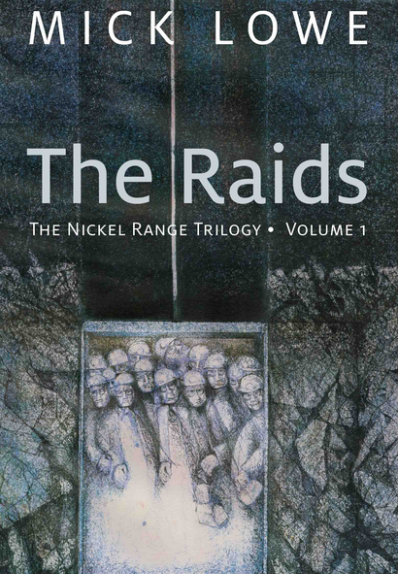THUNDER BAY – The Northern Ontario leaders’ debate will go ahead on May 26 without Conservative Leader Tim Hudak.
Hudak, who publicly chastised former premier Dalton McGuinty for a no-show at the same debate in 2011, informed debate organizers his campaign schedule won’t allow him to attend the one-hour event.
Both Liberal Leader Kathleen Wynne and NDP Leader Andrea Horwath accepted the invitation on the weekend. Iain Angus of the Northwestern Ontario Municipal Association said Tuesday organizers were hoping Hudak could find the time to take part in the debate, a lunch-hour affair at the Valhalla Inn.
Angus said prior to Hudak’s answer that he couldn’t understand why the Conservative leader couldn’t free up the time.
“The information we have is that (Hudak) has some schedules that have been locked down, which quite frankly surprises me, ” Angus said. “Given my long involvement in the political process, I know that most campaigns do not lock in more than a couple of days in advance.

























